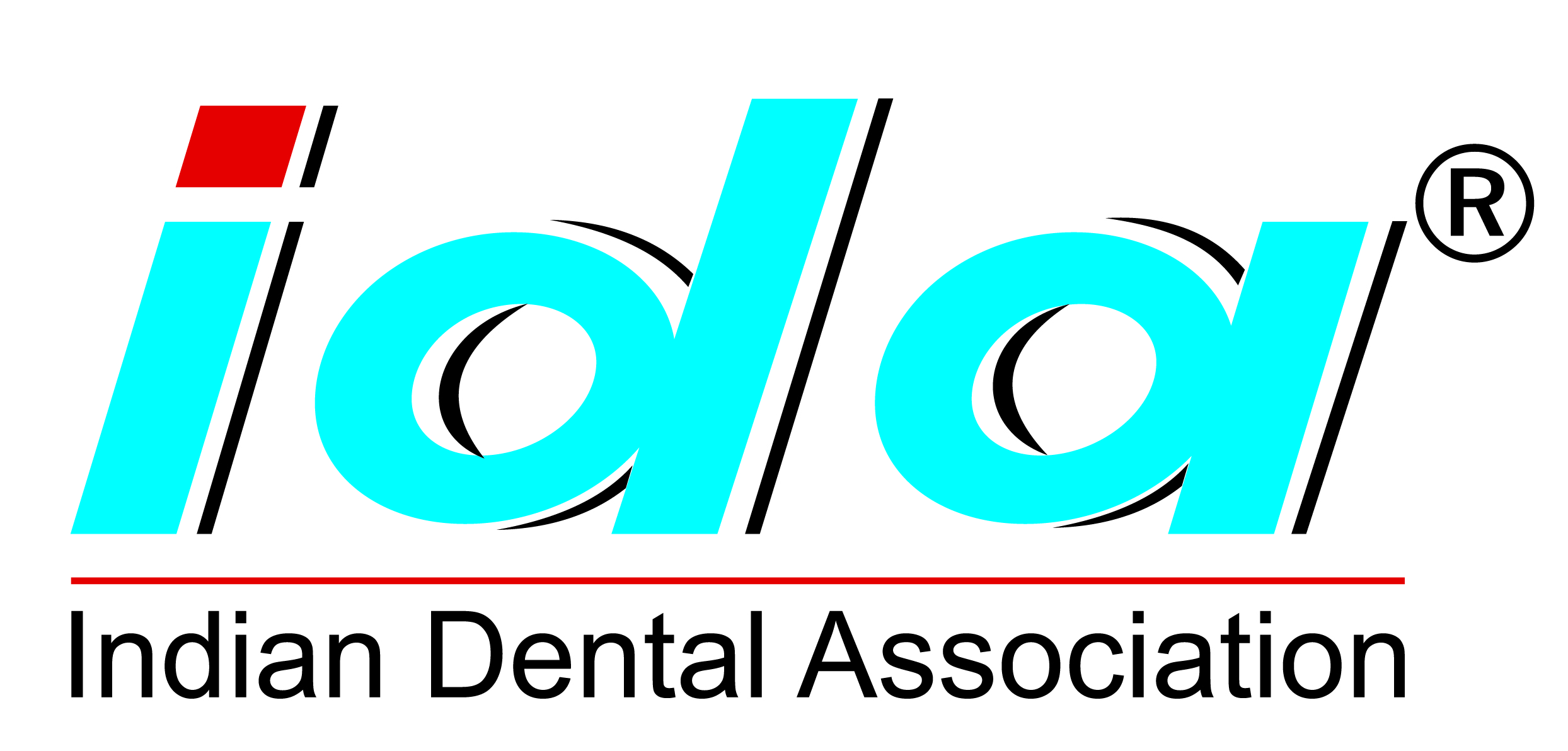Dental practitioners, must recognize that some of the materials and procedures used
to provide dental health services may contaminate the environment. Dentistry is
a profession dedicated to promoting and enhancing oral health and well-being. Unfortunately,
some of the materials that are currently in use — including heavy metals and biomedical
waste — presents potential challenges to the environment.
During the placement and removal of dental amalgam restorations, a variety of waste
products is generated:
- Elemental mercury vapour — released from dental amalgam alloy.
-
Dental amalgam scrap — the amalgam particles that have not come into contact with
the patient (i.e. particles remaining in the dappen dish following restoration placement).
-
Amalgam waste — the particles that have come into contact with patient secretions
(e.g. particles generated during carving and restoration removal procedures).
-
Amalgam sludge — the fine particles present in dental office wastewater, commonly
trapped in chair-side traps and vacuum filters.
Dental practitioners, are responsible for ensuring that the waste carriers used
are registered and qualified to handle the wastes produced. Waste storage containers
should be collected for reclamation by a registered agency. Ideally, these wastes
should be recycled, but not all hazardous waste collection agencies are qualified
or able to perform this service. It is important to find out what forms of dental
amalgam waste are accepted by a particular waste carrier and how that company prefers
the waste to be stored.
Regardless of the means of disposal of dental amalgam, practitioners should not
flush contaminated wastewater down sinks, rinse chair-side traps or vacuum filters
in sinks, nor place material containing dental amalgam in general garbage or waste
to be incinerated. These practices release mercury into the environment and negate
the profession’s efforts to reduce environmental mercury contamination.
Separation technology is based on sedimentation, filtration or centrifugation of
the dental amalgam particles from wastewater. Some devices use a combination of
these methods, in addition to ion exchange. The proper amalgam separation unit must
be selected carefully as not all units are able to work efficiently in every physical
arrangement. Some units are placed before vacuum pumps, others after. Some require
considerable space to house the unit, while others are compact.
Installation of chair-side traps, vacuum filters and ISO-certified amalgam separators.
An additional byproduct of traditional radiography is the lead shields contained
in each film packet. Although the lead shields themselves are relatively small,
the cumulative waste produced can be considerable. An added benefit of digital radiography
is the reduction in lead waste production. Lead, like mercury and silver, is toxic
and persists in the environment. Even at low levels of exposure, lead exerts adverse
health effects on both children and adults.
Reducing environmental lead contamination by dental practitioners is an inexpensive
and easy task. The lead shields from film packets have to be collected and returned
periodically to the manufacturer for recycling.. The only cost is for postage. Unfortunately,
some manufacturing companies report that only about 5% of products sold are returned.
In part, it appears that this is due to a lack of awareness of the offered service.
Biomedical waste encompasses materials capable of causing disease or suspected of
harbouring pathogenic organisms; it includes blood-soaked gauze, tissues and syringes,
although not extracted teeth. Non-sharp biomedical waste products should be stored
in a yellow bag that is properly labelled with a biohazard symbol. Sharps (i.e.
syringes, suture needles) should not be included in the bagged general or biomedical
waste, but should be stored in a puncture-resistant, leak-proof, properly labelled
container until collection and incineration.
The dentist must make sure that laboratory/surgical wastes must be collected and
transferred by a registered hauler to a licensed incinerator.
Silver is another heavy metal that can enter our water system via improper disposal
of dental office waste. Although silver is a component of dental amalgam, the silver
thiosulfate in radiographic fixer (a solution normally used in the processing of
dental radiographs) presents a greater environmental concern.
The best way to manage silver waste is through recovery and recycling. Dentists
can install in-house silver recovery units to salvage the silver themselves, allowing
for some monetary return on the equipment investment when the silver is later sold.
These units generally recover silver ions from the waste solution through displacement
of iron ions or through a closed-loop electrolytic system that recovers not only
silver for reuse, but also the radiographic fixer. Alternatively, the waste can
be collected by a registered agency certified to carry and manage the waste.
Another common waste product in the dental office, unused film should also not be
placed in the general waste. Unused films contain unreacted silver that can be toxic
to the environment.
Safe disposal can generally be accomplished by simply contacting the supplier of
the product and returning the waste for recycling. With recent advances in radiographic
technology, digital imaging is becoming a popular means of obtaining dental radiographs.
Among its advantages are reduced radiation exposure and the absence of chemical
image processing. Therefore, incorporation of digital imaging within the dental
office can greatly reduce the risk.





